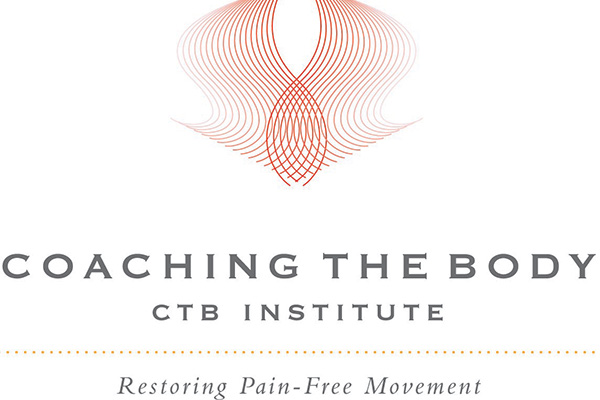
The following blog post is sponsored by Coaching the Body Institute.
Frozen shoulder is a common complaint for clients seeking massage, but it’s poorly understood by therapists and the medical community. In this article, I’m going to introduce you to a new way of thinking about and dealing with this condition.
The “frozen” aspect refers to extreme limitation of pain-free movement but does not necessarily imply the presence of capsular adhesion. In advanced cases, fascial changes can occur; however, I’ve had great success by approaching it simply as a neuromuscular adaptation. The key is understanding not just the contribution of individual muscles, but how they relate as components of a few different systems—all controlled by the central nervous system (CNS).
Dispelling the Obsession with Tissue Damage
Our medical culture tends to assume that all pain and movement disturbance comes from pathology and tissue damage. This is a very limiting (and incorrect) worldview. Trigger points can develop easily in conditions of acute or chronic overload, and even though they aren’t injuries, they can produce impressive levels of pain and dysfunction.
Our Coaching The Body™ system treats trigger points not as an indication of being “broken” but as part of a sensible adaptation by the CNS in the presence of perceived threat. Dr. Leon Chaitow initially proposed that trigger points and taut fibers could be employed by the CNS as a useful stabilization mechanism, and I have found this concept to be very helpful.
Frozen shoulder often begins with minor pain referral from trigger points. The sensation of pain fools practitioners into thinking there is an injury at the site. I operate on the assumption that parts of the CNS are “fooled” in a similar manner. In the presence of perceived pain, the CNS is inclined to use taut fibers to “splint” joints, causing a cascade of pain and limitation of movement.
Working the System
The shoulder is a highly mobile joint, which also makes it more vulnerable. Proper functioning of the glenohumeral muscles depends on position and rotation of the scapula. However, the same muscles that control and limit scapular positioning, including trapezius, rhomboids, pectoralis major and minor, and serratus anterior, can also produce potent trigger point pain.
Satellite referral is a key that must be understood alongside functional anatomy to fully comprehend the systems behind frozen shoulder. Some examples in this regard: serratus anterior refers into the low trapezius (its antagonist), which then is capable of referring to the high trap and rhomboids. Satellite referral causes a domino effect, a cascade of muscles causing dysfunction in others. When those muscles are also functionally related, we have a very potent formula for “lockdown.”
Thawing the Shoulder
We reverse this condition by “getting inside” the logic of the CNS that set up the initial protection, and working out in layers. We use distraction, vibration, proprioceptive feedback, and carefully guided movement to downregulate the layers of protection that have developed. If this is done carefully, without inducing further trauma, I have found that in many cases progress can be made relatively quickly (within a session or two).
This is necessarily a very high-level view of our approach. For a lot more detail and actual examples, please register for our free webinar for ABMP members.
If you’d like more information and free training on this topic, please click here.

Chuck Duff, Founder, Coaching the Body